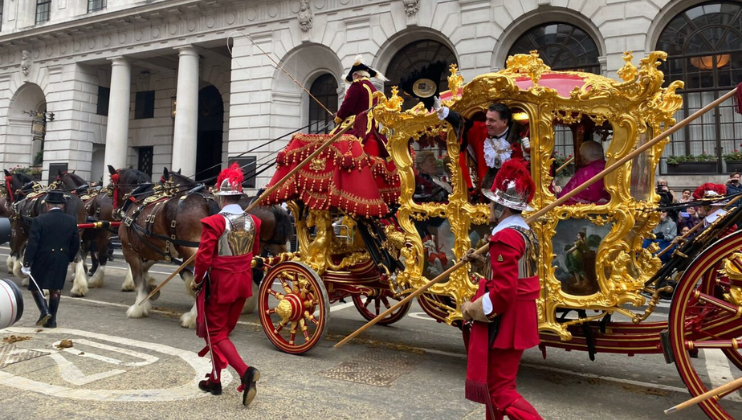
One of the oldest and most recognisable events in Great Britain, the Lord Mayor’s Show has been running consistently since as far back as the 13th century.
The jubilation, this year held on the 9th of November, celebrates the inauguration of the new Lord Mayor, appointed annually, as once upon a time, being the Lord Mayor of the City of London was one of the most prestigious and important official positions you could hope to hold in medieval England.
Each year, the Square Mile erupts in fanfare, with the City’s businesses, charities, the Twelve Great Livery companies, Her Majesty’s Forces, citizens and tourists coming together to follow the new Lord Mayor on the procession to pledge allegiance and swear loyalty to the Crown.
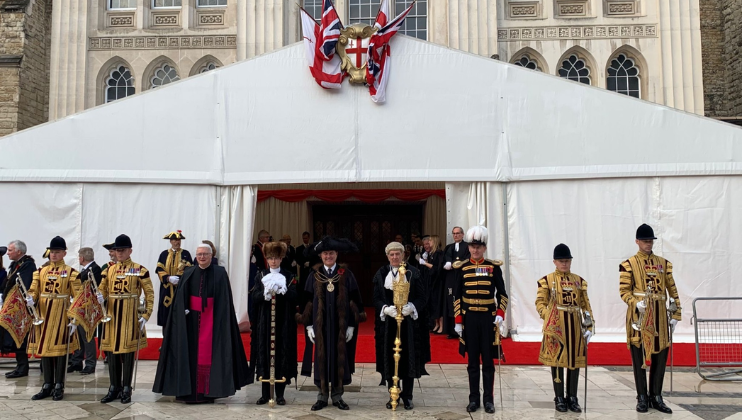
As such, the procession historically followed the Lord Mayor from their seat in the City of London to Westminster, carrying along a massive, merry band of processions.
In fact, even the term ‘parade float’ has its roots in the Lord Mayor’s Show, with the very first ever floats were decorated barges that flowed down the Thames for this very show.
These days, although the procession no longer goes to Westminster and floats on the Thames are less of a frequent sight, the history and traditions of the carnival are kept alive.
The state coach that the Lord Mayor sits in is still adjoined by the Pageantmaster, City Marshal, Pikemen and Musketeers, military bands and units, two hundred horses, one hundred and fifty floats, and other such costumed parade-goers donned in historical fancy dress.
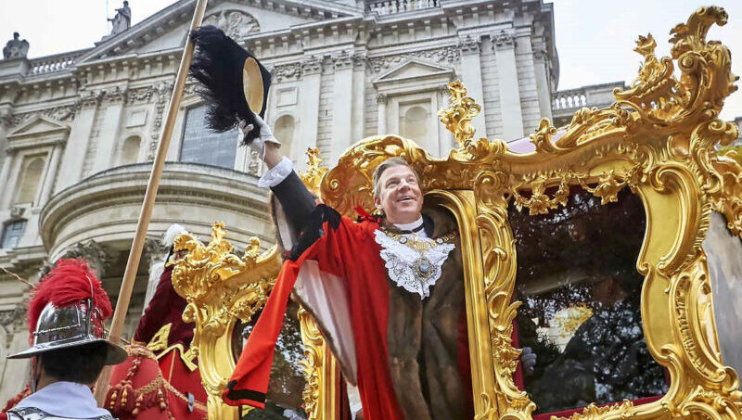
The procession nowadays is one big loop around the Square Mile, starting around 11am at Mansion House and finishing around 3pm at Mansion House.
If you’re sensible and want to avoid the thronging hoards that comes with parades, then be sure to avoid the busy areas surrounding Mansion House and St. Pauls.
Wheelchair users are recommended to head for Victoria Embankment around 1pm.
Thankfully, public toilets are littered around the area and through the main lines of the procession. All of that can be seen in a very useful map than can be seen here and below.
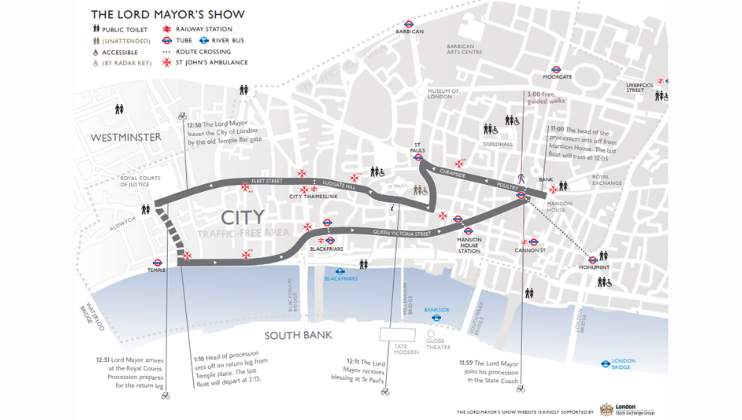
If you’re looking for restaurants in the area, my advise is to book now. There is almost no chance you’re getting a table as a walk-in, that is if the areas restaurants will be accepting walk-ins. Our recommendations of where to eat include Brigadiers, a huge Indian barbeque spot, Ekte Nordic Kitchen, a minimal Scandi affair, and, if you’re looking to spend big, Bob Bob Ricard City is a maximalist French delight that is worth the high price.
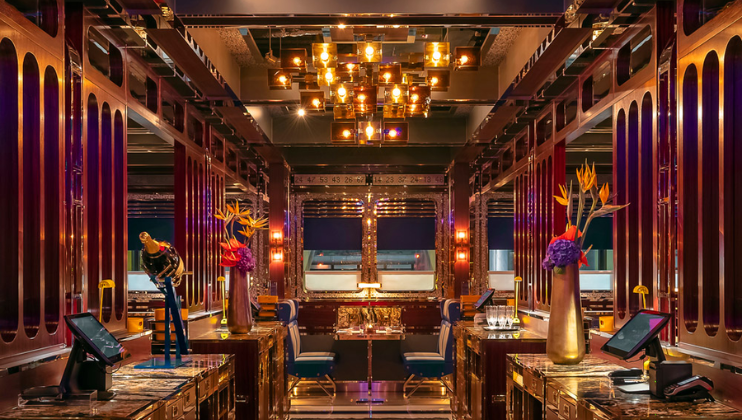
Next to Notting Hill, it has to be one of the best street parades of the UK calendar year. Drenched in history, the procession itself is older than most countries, which would have been running every single year since the 13th century if not for two occasions; in 1852, to make way for the funeral of Arthur Wellesley, 1st Duke of Wellington, and, of course, in 2020. That is some streak.
Whether you are a regular attendee of the classic event, or are a tourist looking to soak up some real London history, or a London native looking for a big day out before the Christmas season commences, the Lord Mayor’s Show renders itself unmissable. And it’s free! We'll be seeing you there.